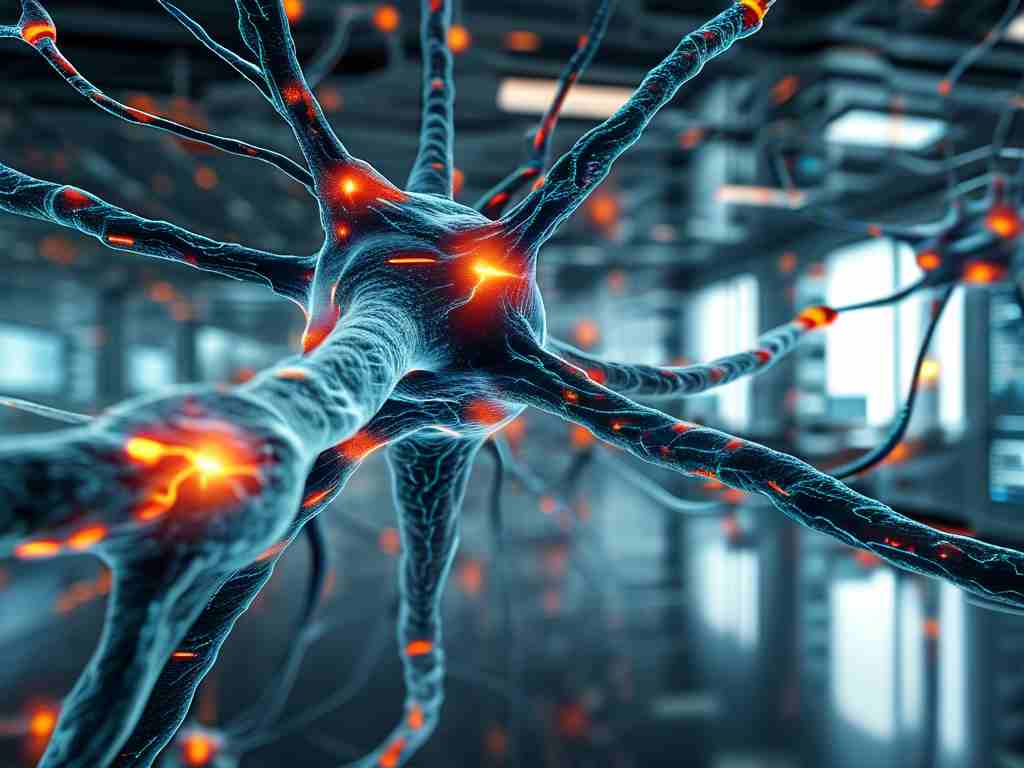In an era where artificial intelligence (AI) and the Internet of Things (IoT) are reshaping everyday life, a groundbreaking innovation has emerged: neural network lamps. These intelligent lighting systems combine advanced machine learning algorithms with adaptive illumination, promising to revolutionize how we interact with light in homes, offices, and public spaces. This article explores the technology behind neural network lamps, their applications, and their potential to redefine sustainability and human-centric design.

The Technology Behind Neural Network Lamps
Neural network lamps leverage deep learning models trained on vast datasets to optimize lighting conditions in real time. Unlike traditional smart bulbs—which rely on pre-programmed routines or manual adjustments—these lamps analyze environmental inputs (e.g., ambient light, occupancy, time of day) and user behavior patterns to autonomously adjust brightness, color temperature, and even light direction. For example, a lamp might learn that a user prefers warm, dim lighting during evening reading sessions but switches to cool, bright light for morning tasks.
The core of these systems lies in edge computing, where lightweight neural networks run locally on embedded chips within the lamp. This eliminates reliance on cloud servers, ensuring faster response times and enhanced privacy. Companies like Google and Philips have already integrated similar AI models into prototypes, achieving energy savings of up to 40% compared to conventional LED systems.
Applications Across Industries
- Residential Spaces: Neural network lamps adapt to individual lifestyles. They can sync with sleep cycles by gradually dimming as bedtime approaches or mimic natural sunlight to combat seasonal affective disorder. In a 2023 pilot study, participants using such lamps reported a 25% improvement in sleep quality.
- Workplaces: By monitoring employee movement and focus levels, these lamps optimize lighting to reduce eye strain and boost productivity. For instance, they might increase blue light intensity during brainstorming sessions or soften hues during breaks.
- Urban Infrastructure: Cities like Singapore are testing neural network-powered streetlights that adjust brightness based on pedestrian density, weather conditions, and even crime hotspot data, cutting municipal energy costs by 30%.
Sustainability and Ethical Considerations
While neural network lamps excel in energy efficiency, their environmental impact extends beyond reduced power consumption. The use of recyclable materials and modular designs ensures longer product lifespans. However, challenges remain. Training neural networks requires significant computational resources, raising concerns about carbon footprints. Startups like LumAI are addressing this by developing low-energy training protocols inspired by biological neural networks.
Privacy is another critical issue. Critics argue that lamps collecting behavioral data could be exploited for surveillance. To mitigate risks, manufacturers are adopting federated learning frameworks, where data is processed locally rather than transmitted to central servers.
The Future of Adaptive Lighting
Experts predict that by 2030, neural network lamps will evolve into multifunctional hubs. Imagine a lamp that not only illuminates but also monitors air quality, projects augmented reality interfaces, or even detects health anomalies via subtle changes in a user’s skin tone. Collaborations with healthcare providers are already underway; a 2024 project at MIT integrates lamps with AI diagnostic tools to screen for early signs of diabetes through non-invasive light reflection analysis.
Moreover, advancements in neuromorphic computing—chips designed to mimic the human brain—will enable lamps to process complex stimuli with unprecedented efficiency. This could lead to “empathetic” lighting systems that respond to emotional cues detected via voice tone or facial expressions.
Neural network lamps represent more than a technological novelty; they signify a paradigm shift in human-environment interaction. By merging AI’s analytical power with the universal need for light, these devices offer solutions to modern challenges—from energy crises to mental health. As the technology matures, its success will hinge on balancing innovation with ethical responsibility, ensuring that the light of progress benefits all.









